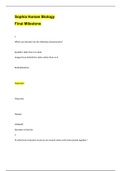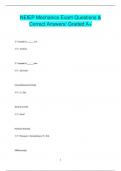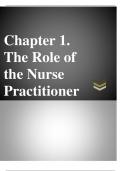Samenvatting
Samenvatting/Summary Living in the Environment 19th Edition
Uitgebreide samenvatting van het boek: "Living in the Environment" 19e editie. Geschikt voor de toelatingstoets van de masters "Sustainable Business and Innovation" en "Sustainable Development" en het vak "Duurzame Ontwikkeling" aan de UU. Omvat alle relevante hoofdstukken: 1, 2, 3, 5, 6, 9, 10 en ...
[Meer zien]











